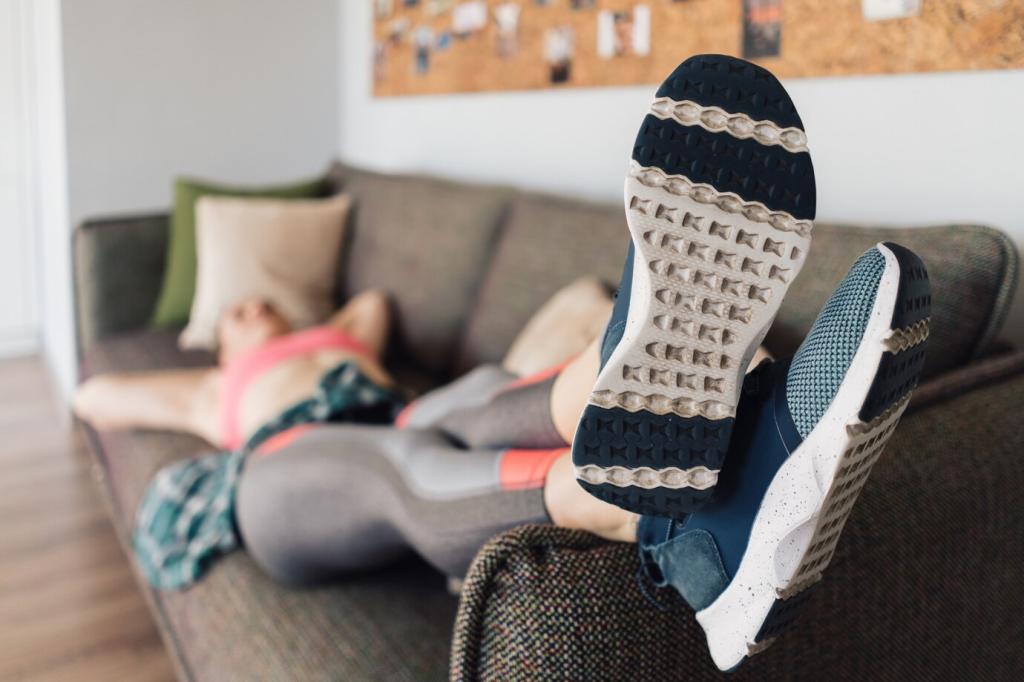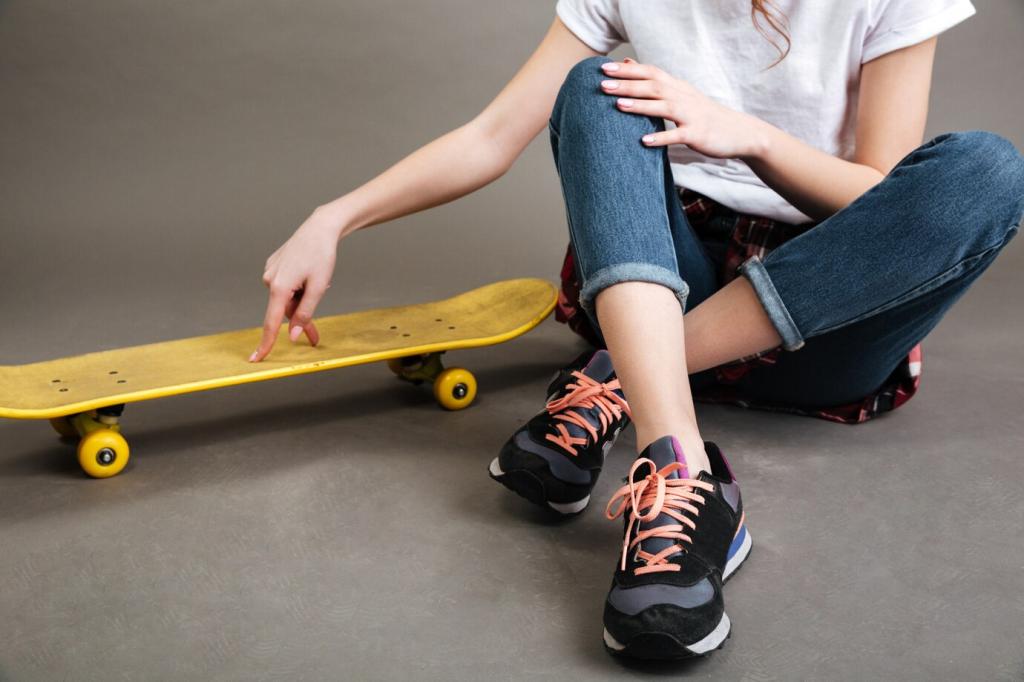Race-Day Execution With Lightweight Footwear
Lay out socks, laces, and anti-chafe supplies the night before. Test your final knot and heel lock during a short shakeout. Confirm toe room and tongue placement so your first mile feels seamless rather than a distraction you must fix later.
Race-Day Execution With Lightweight Footwear
Lightweight shoes shine when pacing is steady and fueling is on schedule. Keep shoulders relaxed, cadence consistent, and gel intake predictable. The smoother your rhythm, the more your footwear’s energetic feel compounds into efficient, sustainable speed.


